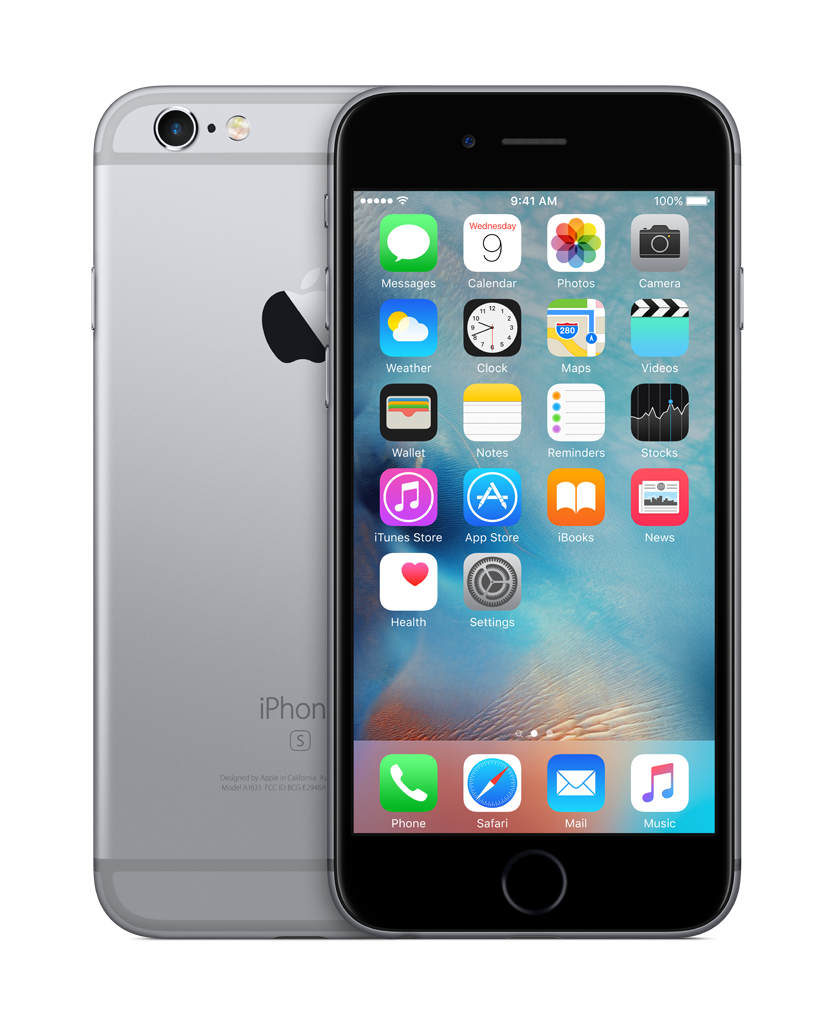

This results in 576 pixels-per-inch on the S7 against 326 on the iPhone 6S. The iPhone 6S' screen, on the other hand, measures in at 4.7 inches and 750 x 1,334 pixels. Samsung takes its displays seriously, and the S7 (like the S6), packs 1,440 x 2,560 pixels into its 5.1-inch display. And for my money, its curved back pushes it slightly ahead of the iPhone in aesthetics. The S7 is the best a Samsung phone has ever looked and actually the best it has ever felt. Ultimately, there's very little to choose between these two sleek glass and aluminum machines.

The iPhone 6S looks a lot like the iPhone 6 (lower), which is fine, because it's an attractive phone. The device's design mimics the S6 almost exactly, except for curved edges on the rear of the device leading into the frame, which is a welcome addition. With the S7, Samsung seems as keen as Apple to stick to a tried-and-true formula. There's very little to choose between these two sleek glass and aluminum machines This move is the first in a number of ways in which Samsung is constantly chasing Apple's tail Samsung seems to take pleasure in snatching Apple's ideas and putting them into play six months or a year down the line. Moving away from plastic towards glass, and metal made the S6 sail like the true flagship it was sized-up to be and made it easily comparable to an iPhone. The Galaxy S6 marked a turning point for Samsung. The 6S plays it cool and abides by Apple's by now overly familiar design for the iPhones, which is great if you're into it. The iPhone 6S carried very few changes in its visual design over the iPhone 6, which is standard practice for Apple when it comes to its S models. It's a battle of biblical proportions, but which will see a fall from grace.


 0 kommentar(er)
0 kommentar(er)
